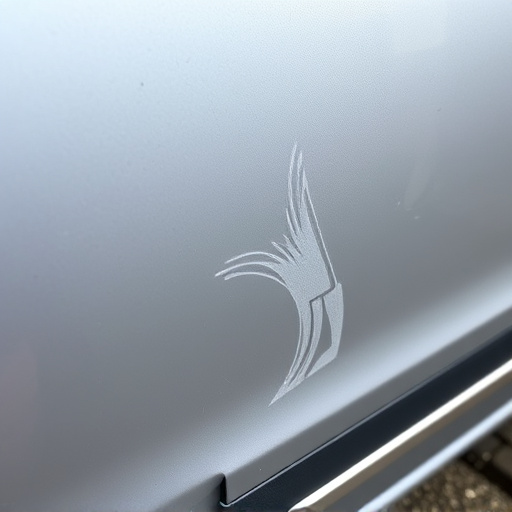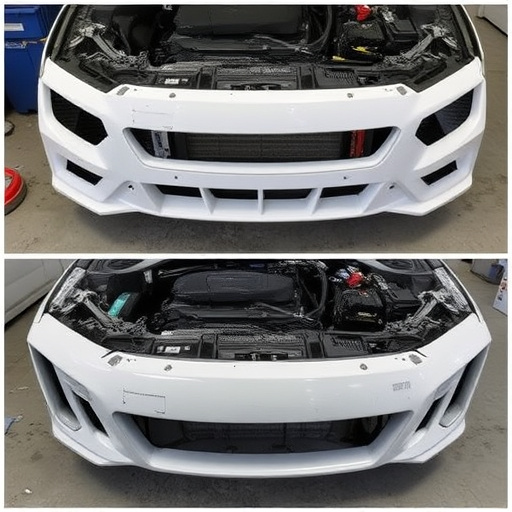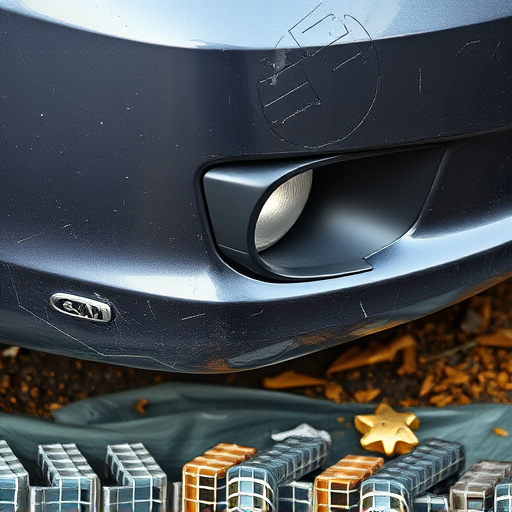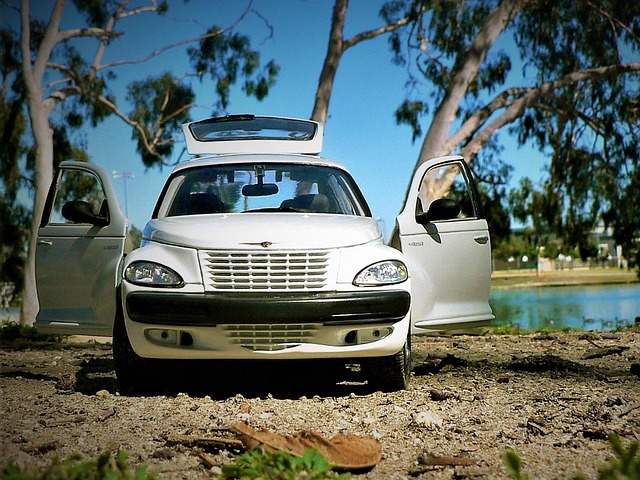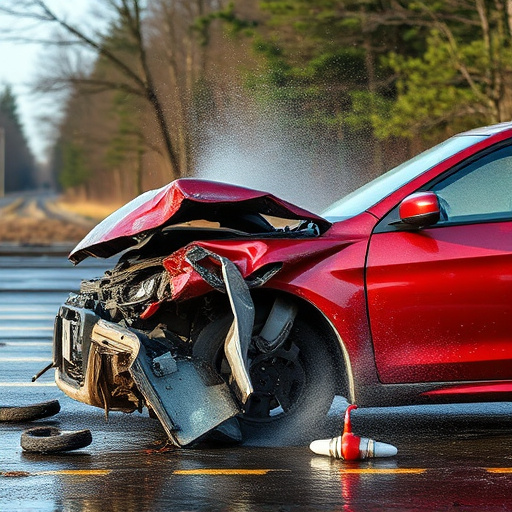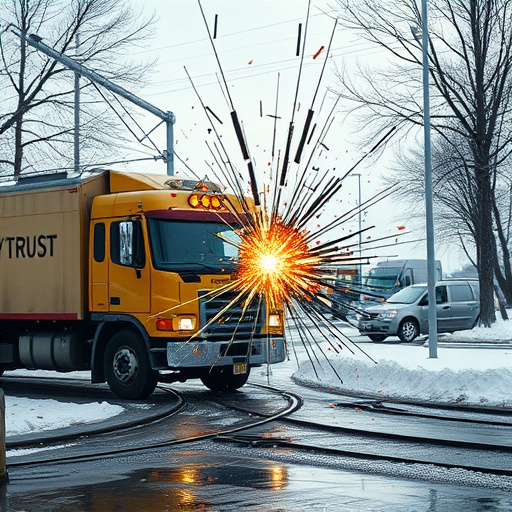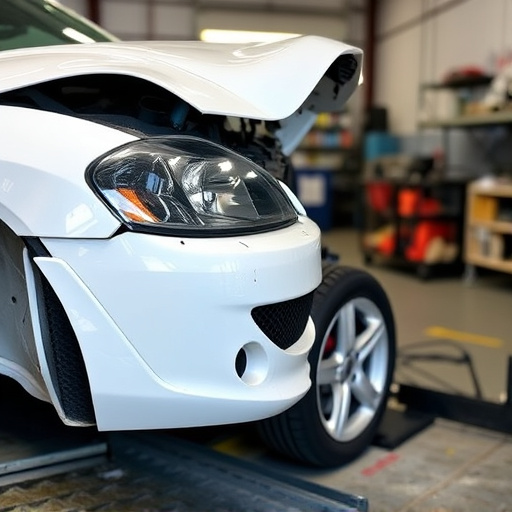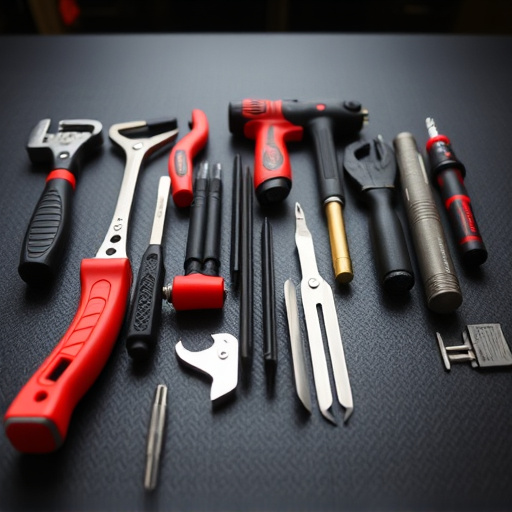Fallen tree damage repair involves assessing structural integrity using non-destructive testing for buildings and skilled inspection for vehicles. Auto repair shops collaborate with arborists to plan safe repairs, mitigate risks, and provide tailored, cost-efficient solutions for both property and vehicle restoration.
After a storm or strong winds, one of the most pressing concerns for property owners is assessing and repairing fallen tree damage. This guide delves into the crucial steps shops take to evaluate and prioritize tree damage repairs. We explore how to assess structural integrity, identify appropriate repair techniques, and address safety concerns, ensuring your property and surrounding landscape are restored effectively post-fallen tree damage.
- Assessing Structural Integrity After Fallen Tree Damage
- Identifying Necessary Repair Techniques for Trees
- Prioritizing Tree Damage Repair Based on Safety Concerns
Assessing Structural Integrity After Fallen Tree Damage

After a fallen tree has caused damage to structures or property, one of the first steps in the repair process is assessing the structural integrity of the affected areas. This involves careful inspection to determine if any components have been compromised, including the foundation, walls, and roof frames. Professionals trained in fallen tree damage repair will employ various techniques, such as non-destructive testing methods, to gauge the stability and safety of the structure without causing further harm.
In cases where cars or other vehicles are damaged by falling trees, assessing structural integrity becomes even more critical, especially for automotive body work. Skilled technicians will meticulously evaluate the car’s frame, identifying any bends, twists, or deformations that could affect performance and safety. Similar to assessing buildings, the goal is to restore the vehicle’s original condition as closely as possible, ensuring it meets the necessary safety standards before proceeding with repairs, which may involve intricate car restoration techniques.
Identifying Necessary Repair Techniques for Trees

When a tree falls and causes damage to properties, including buildings and vehicles, assessing the extent of the harm is crucial before initiating any repairs. Auto repair shops play a vital role in this process by offering their expertise in diagnosing and treating damaged structures. The initial step involves meticulously inspecting the site to identify the specific repair techniques required. For instance, if a fallen tree has caused dents or scratches on cars parked nearby, car bodywork services will be essential to restore their original condition. Similarly, for trees that have partially collapsed onto roofs, structural repairs might be needed to prevent further deterioration.
By combining their knowledge of vehicle and property maintenance with the skills required for dent repair and other specialized tasks, these shops can accurately determine the necessary steps. This involves a thorough evaluation of the damage, considering factors such as the type of tree, its weight, and the impact on various surfaces. Once identified, the shop can then provide tailored solutions, ensuring that repairs are not only effective but also cost-efficient for customers facing unexpected fallen tree damage.
Prioritizing Tree Damage Repair Based on Safety Concerns

When assessing fallen tree damage repair needs, shops often prioritize tasks based on safety concerns first and foremost. This means that any structural integrity issues with the affected trees are addressed immediately to prevent further hazards like falling branches or collapsed trees. Once immediate safety is secured, the focus shifts to repairing damages that could impact nearby properties or infrastructure, such as power lines.
In the context of fallen tree damage repair, an auto body shop or vehicle dent repair expert might collaborate with arborists to assess the situation. They look for structural weaknesses, identify damaged limbs or trunks, and plan repairs accordingly. Just like in car restoration, meticulous planning and execution are crucial to ensure that repairs are both safe and effective, minimizing potential risks while restoring the affected area to a functional and aesthetically pleasing state.
When assessing fallen tree damage repair needs, understanding structural integrity, identifying suitable repair techniques, and prioritizing safety are key. By combining these steps, shops can effectively navigate the process of repairing tree damage, ensuring both the health of the tree and the well-being of those around it. Remember, prompt action is crucial in mitigating potential risks associated with fallen tree damage, making it essential for shops to have a thorough understanding of these evaluation methods.
